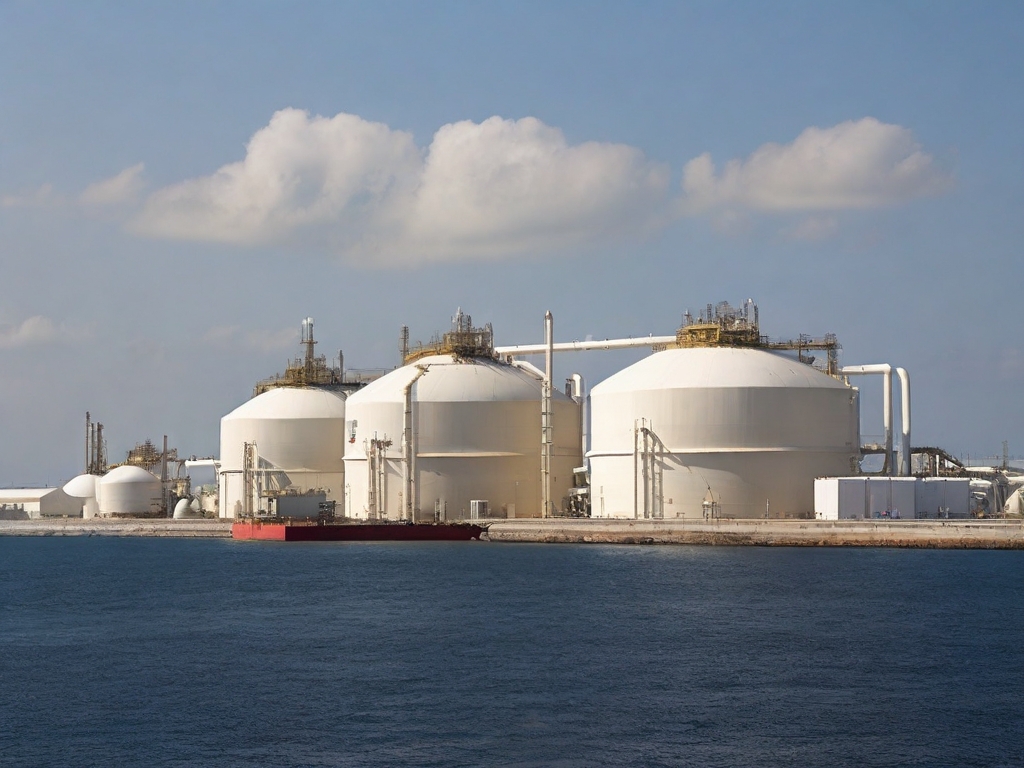Operating in hazardous areas presents a unique set of challenges. Ensuring safety and compliance is paramount, and this is where Intrinsically Safe Store comes in. As a leading provider of intrinsically safe products, we understand the importance of a comprehensive compliance checklist for hazardous area operations. In this article, we will guide you through the process of developing such a checklist. So, let’s dive in and ensure your operations are safe, compliant, and efficient.
Understanding Hazardous Area Operations
Hazardous area operations refer to activities carried out in environments where there’s a risk of explosions or fires due to the presence of flammable gases, vapors, dust, or fibers. Industries such as oil and gas, mining, and chemical processing often involve hazardous area operations.
The Importance of a Compliance Checklist
A compliance checklist is a critical tool for ensuring safety in hazardous areas. It helps identify potential risks, ensures adherence to safety regulations, and promotes a culture of safety within the organization. Without a comprehensive checklist, businesses risk non-compliance penalties, workplace accidents, and even loss of life.
Key Elements of a Compliance Checklist
Developing a compliance checklist involves several key elements:
- Identification of Hazards: The first step is to identify potential hazards in the workplace. This could include flammable materials, electrical equipment, and operational procedures that could lead to accidents.
- Assessment of Risks: Once hazards are identified, assess the level of risk associated with each hazard. This involves considering the likelihood of an incident occurring and the potential impact if it does.
- Control Measures: Develop control measures to mitigate identified risks. This could include using intrinsically safe equipment, implementing safety procedures, and providing employee training.
- Review and Update: Regularly review and update the checklist to ensure it remains relevant and effective. This should be done at least annually, or whenever there are significant changes in the workplace.
Case Study: The Role of Intrinsically Safe Equipment
A case study from the oil and gas industry highlights the importance of using intrinsically safe equipment in hazardous areas. A company was fined heavily after an explosion occurred due to the use of non-compliant equipment. After implementing a compliance checklist and switching to intrinsically safe equipment, the company saw a significant reduction in incidents and improved compliance.

Developing a compliance checklist for hazardous area operations is a critical step towards ensuring safety and compliance. By identifying hazards, assessing risks, implementing control measures, and regularly reviewing the checklist, businesses can mitigate risks and promote a culture of safety. Remember, using intrinsically safe equipment, like those offered by the Intrinsically Safe Store, is a key part of this process.
If you need help developing a compliance checklist or sourcing intrinsically safe equipment, don’t hesitate to contact us. Our team of experts is ready to assist you in ensuring your operations are safe and compliant.


























